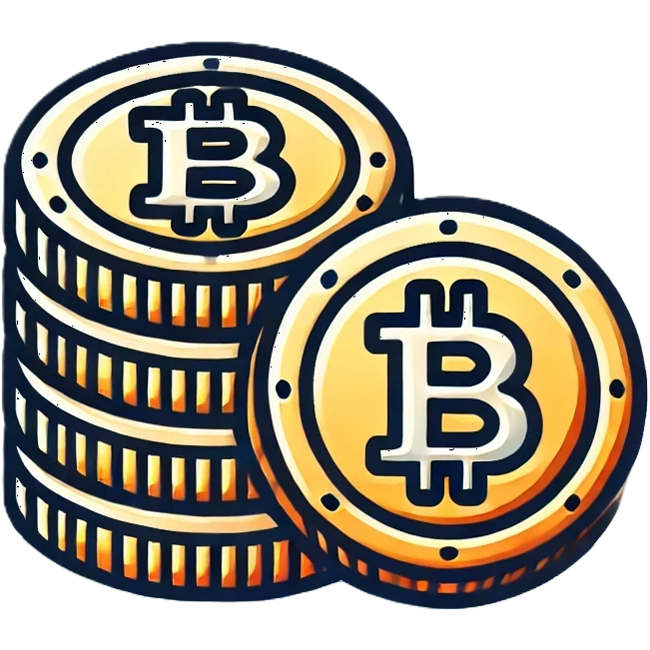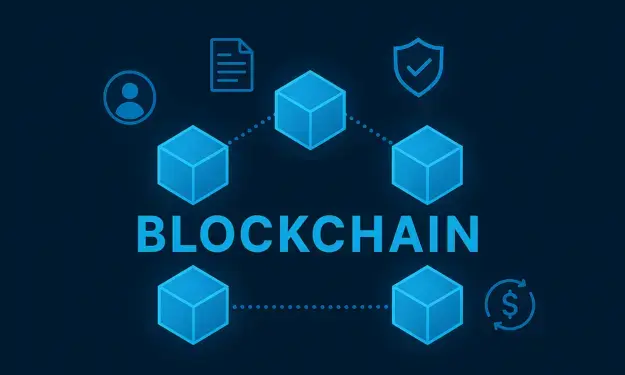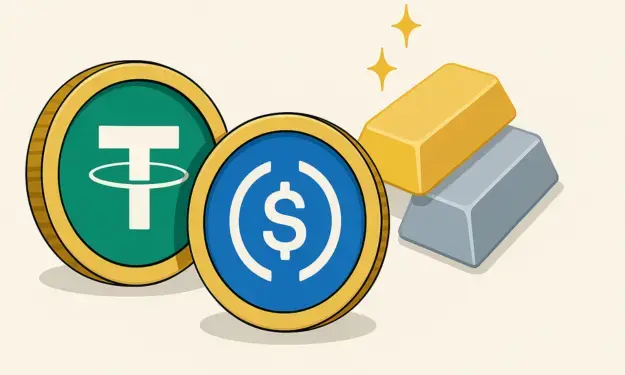Publication date: April 24, 2025
In our previous article from Aug. 2, 2024, we looked at Injective's unique role within the DeFi world. Now, eight months later, we see how the project has evolved and is responding more strongly than ever to the demand for scalable, interoperable, and professional financial solutions in crypto. Moreover, the recent correction may offer an attractive entry point for strategic investors.
Read our previous analysis from August 2024 here.
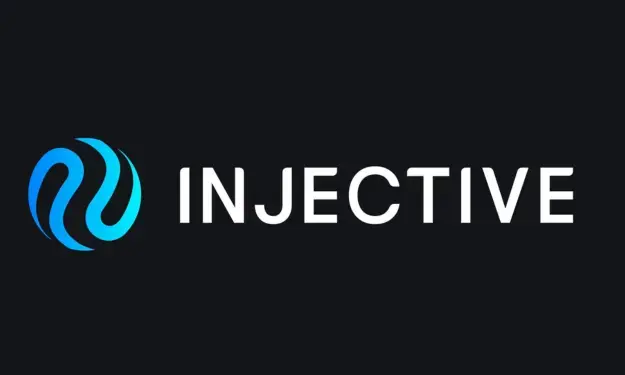
What is Injective again?
Injective is a kind of base layer for crypto, a proprietary blockchain built specifically for everything related to financial trading. This consists, for example, of buying and selling crypto, entering into contracts on future prices (derivatives), or betting on outcomes of elections, for example (prediction markets). And all that without the intervention of a bank or stock exchange, i.e., completely decentralized.
What makes Injective special is that it works with technology from the Cosmos network. This allows different blockchains to talk to each other, and, for example, you can easily use Ethereum tokens on Injective. That makes the system fast, cheap, and flexible, exactly what you want if you are a trader or developer active in the crypto world.
Recent developments: AI meets DeFi
Injective launched new smart tools using artificial intelligence (AI) in April. These tools help traders by automatically analyzing large amounts of data, such as what is happening on the blockchain, how the market is moving, and what people are saying on social media. This gives users helpful insights and ideas for their trading strategies without having to figure everything out on their own. This also makes the platform more accessible to people who are not professional traders but are serious about crypto.
Furthermore, Injective is now working with several key players in the crypto world:
-
HyperLiquid: a kind of exchange where you can trade quickly, now with AI features.
-
NinjaTrader: a well-known platform for professional trading, now working with Injective.
-
Google Cloud: helps Injective process data reliably and securely with so-called "oracles," which ensure that information from outside the blockchain (such as prices) is displayed properly and fairly.
In short, Injective is becoming smarter, more accessible, and more professional, which could be good for the network's growth.
Price movement and market sentiment
On April 24, 2025, Injective's share price is around $9.25. Earlier this month, the price dropped to a low of around $6.37. We had last seen that level in September 2023. Around that time, Injective began an impressive rise. Within three months, the price shot up to over $40 by the end of 2023.
In March 2024, the currency even reached a record $53. This was followed by sharp swings. In August last year, the price dropped to $13.50. Yet, Injective managed to recover after that, thanks in part to the positive sentiment surrounding the U.S. elections. The price then rose to about $35.
Since then, the price has fallen again, reaching a low in early April. This clearly shows that Injective is a very volatile cryptocurrency. Nevertheless, confidence among investors seems to be returning. Trading volume is increasing, which is often a sign that more people are becoming interested. So, despite the quiet phase in the broader crypto market, Injective is back in the picture among investors.
The chart below of Injective over the past month clearly shows the volatility, as well as the renewed interest since the announcement of the integrations in early April.
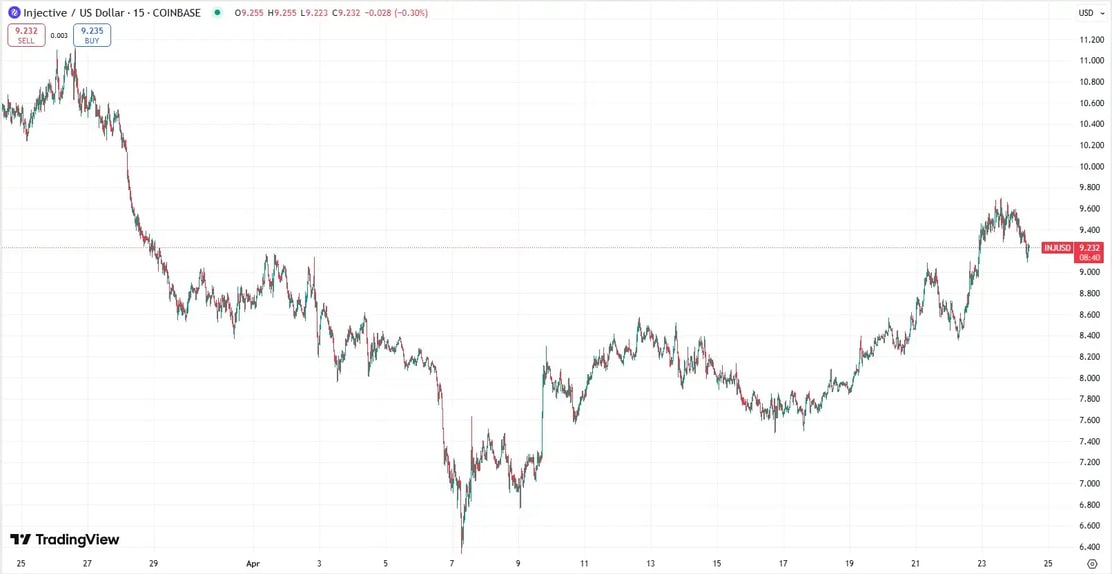
What could be driving up the price of Injective?
1. Integration of AI: The AI tools not only increase usability but also differentiate Injective as a platform for advanced trading.
2. Interoperability via IBC: Thanks to its bridge with networks such as Cosmos, Ethereum, and Solana, INJ is well-positioned as a "hub" within cross-chain DeFi.
3. Institutional interest: With tools compatible with professional trading platforms, Injective is ready for wider inflows of institutional capital.
4. Scarcity and tokenomics: The deflationary token structure (via burn mechanisms) and strike incentives keep circulating supply under control, reinforcing price pressure when demand rises.

.svg)




